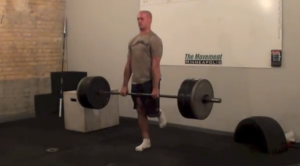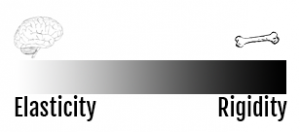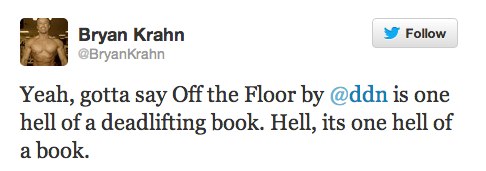
This week I launched my magnum opus to the world: Off The Floor: A Manual for Deadlift Domination.
I thought I would share a few of the amazing things that have been said around the Internet about it.



These are just a few of the amazing bits of feedback I have gotten about the book. If you’re at all interested in getting stronger or becoming a better deadlifter check out Off The Floor.

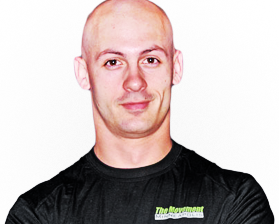
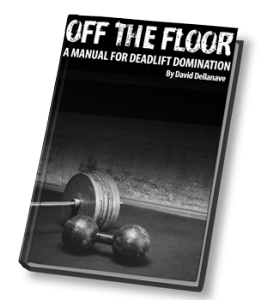

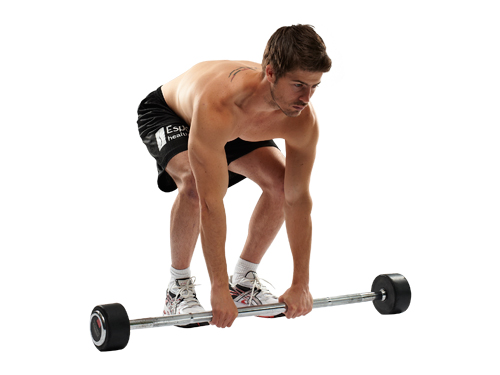
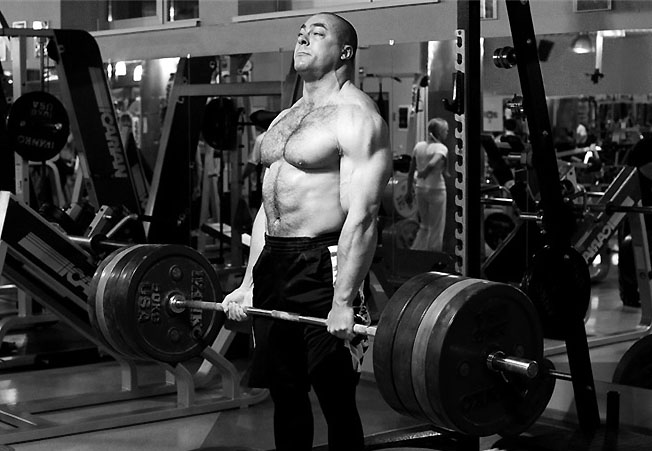
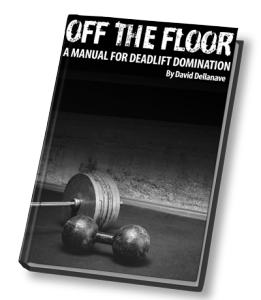 template I used to skyrocket my deadlift from a measly 245 pounds to not one but three different 600+ pound deadlifts in 3 variations, including a world record.
template I used to skyrocket my deadlift from a measly 245 pounds to not one but three different 600+ pound deadlifts in 3 variations, including a world record.
